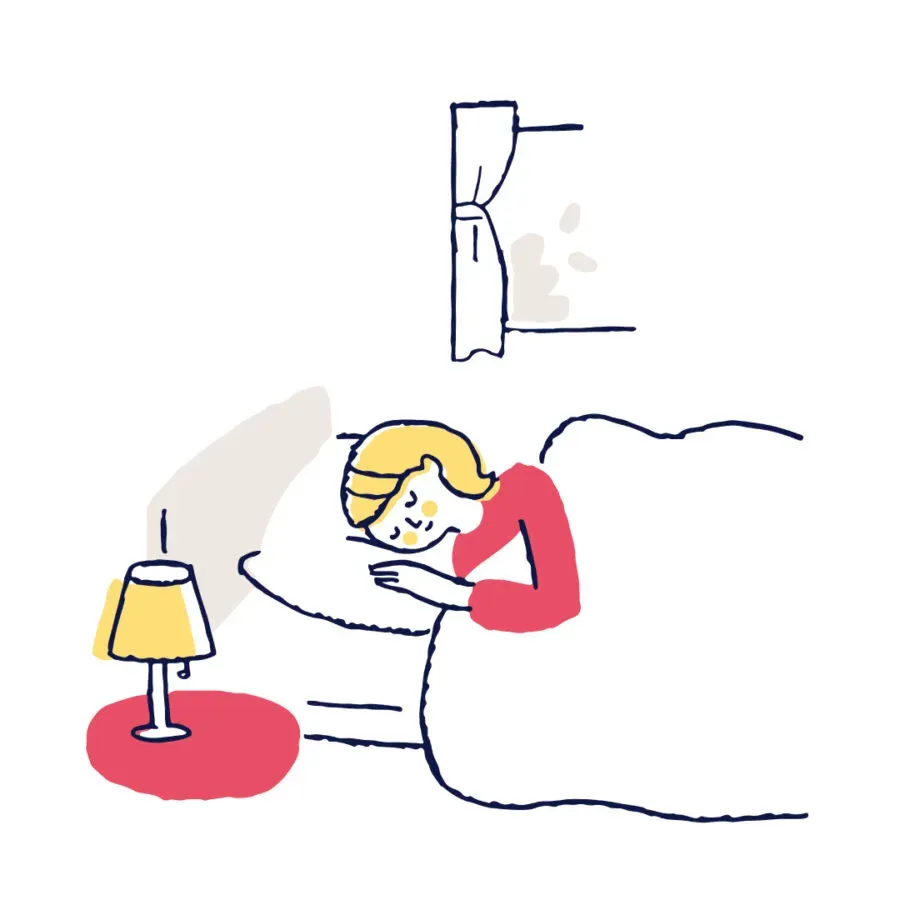
A Exploration of Sleep Health and Lifestyle Factors
Jul 28, 2023
4 min read
In this fast-paced modern life, sleep often becomes the lesser priority. Yet, far from just fighting off morning grogginess, proper sleep is a crucial health necessity. To delve deeper into how lifestyle choices intertwine with sleep, we’ll harness the power of data science. We’ll analyze the ‘Sleep Health and Lifestyle Dataset’ from Kaggle, which collected from 374 individuals with 13 variables depicting their sleep habits and daily routines.
This dataset provides an intriguing chance to investigate a broad range of variables, including sleep duration and quality, daily steps, stress levels, and cardiovascular health indicators such as blood pressure and heart rate. In addition, it includes demographic information and details about common sleep disorders, providing a comprehensive perspective on sleep health.
Our objective is to identify patterns using Tableau that may affect the quality and duration of sleep. We will ask questions like: What’s the relationship between stress levels and sleep quality? Are there discernible differences in sleep patterns across different occupations, age groups, or BMI categories? And, crucially, how do sleep disorders like insomnia and sleep apnea manifest in the context of these factors?
Sleep Disorder

In the pie chart, it is apparent that a significant proportion of individuals are grappling with sleep disorders. Specifically, “Sleep Apnea” affects 20.86% of the population in our dataset, while “Insomnia” is a concern for 20.59%. This highlights the prevalence of these sleep disorders among the subjects under study.
Quality of Sleep vs. BMI Category

We observe a trend of decreasing sleep quality as BMI increases. Individuals categorized as ‘Overweight’ and ‘Obese’ report lower average sleep quality compared to those with a ‘Normal’ or ‘Underweight’ BMI. This trend suggests a potential negative correlation between higher BMI and sleep quality.
Stress Level


In the ‘Quality of Sleep vs. Stress Level’ scatter plot, we observe a strong linear relationship between stress level and sleep quality, indicated by an R-squared value of approximately 0.8. This high R-squared value suggests that stress level can explain a significant proportion of the variation in sleep quality. Importantly, the relationship between these two variables is negative, as indicated by the downward slope of the regression line. This means that as stress levels increase, the quality of sleep tends to decrease, suggesting that higher stress may be detrimental to sleep quality.
The median stress level reported by men is higher than that reported by women. The median is represented by the line inside the box, and its position indicates that men in this dataset, on average, reported experiencing higher stress levels. This suggests a potential gender difference in perceived stress levels within our data.

How about occupation? When examining the relationship between occupation and stress level, it appears that ‘Sales Representatives’ and ‘Scientists’ report the highest levels of stress. However, that this finding is based on the specific sample of individuals included in our dataset. The level of stress associated with an occupation can greatly vary depending on individual factors and the specific nature of the job within a company or industry.
Therefore, while our data suggests that ‘Sales Representatives’ and ‘Scientists’ experience higher stress, this does not necessarily imply that these professions are inherently more stressful. Factors such as job demands, work environment, company culture, and individual coping mechanisms can all influence the perceived stress level in any occupation.
As such, these results should be interpreted as indicative of potential trends within the context of our dataset, rather than absolute truths applicable to all individuals in these professions.
Conclusion
Our exploration into the ‘Sleep Health and Lifestyle Dataset’ has yielded intriguing insights into the complex interplay between sleep health and various lifestyle factors.
The prevalence of sleep disorders like ‘Sleep Apnea’ and ‘Insomnia’ among the subjects under study is notably high, affecting approximately 20% of the population each. These findings highlight the necessity of further research and interventions to address these common sleep issues.
The analysis also revealed a negative correlation between Body Mass Index (BMI) and sleep quality, with ‘Overweight’ and ‘Obese’ individuals reporting lower sleep quality on average. This relationship underscores the potential impact of physical health on sleep.
Stress levels also emerged as a significant influence on sleep quality. Our analysis demonstrated a strong negative relationship between the two: as stress levels increase, sleep quality tends to decrease. Furthermore, we observed potential gender differences in stress perception, with men reporting higher median stress levels.
Overall, this analysis has shed light on several factors that may influence sleep health. It underscores the importance of a holistic approach to improving sleep, considering not only direct sleep habits but also lifestyle factors such as physical health, stress management, and even occupational influences.
The dashboard is accessible via this link.
